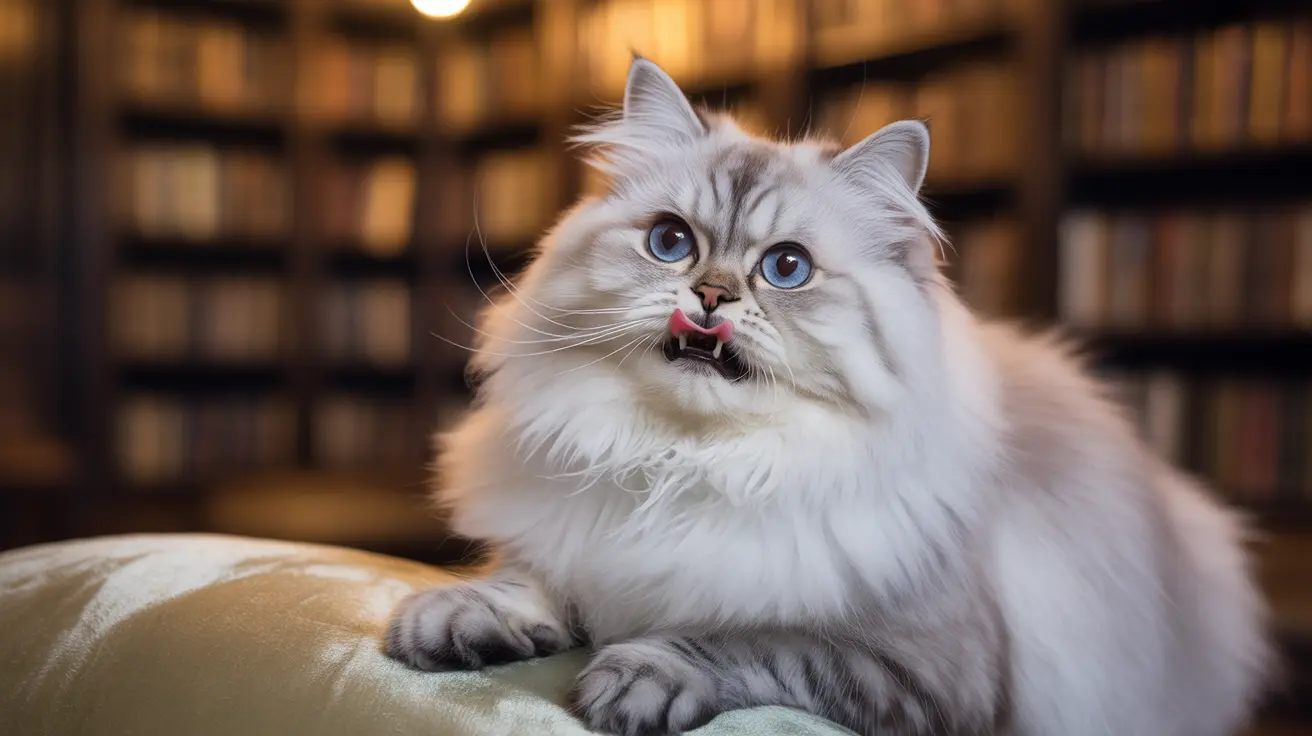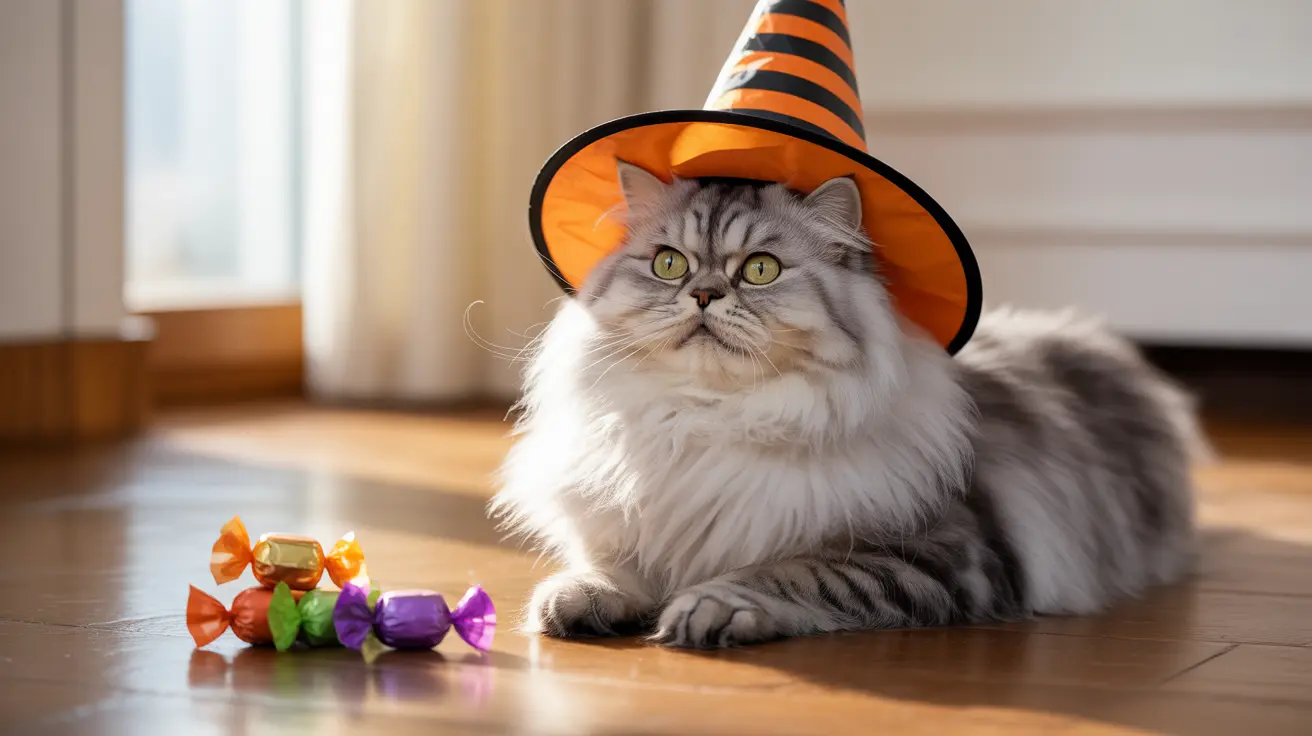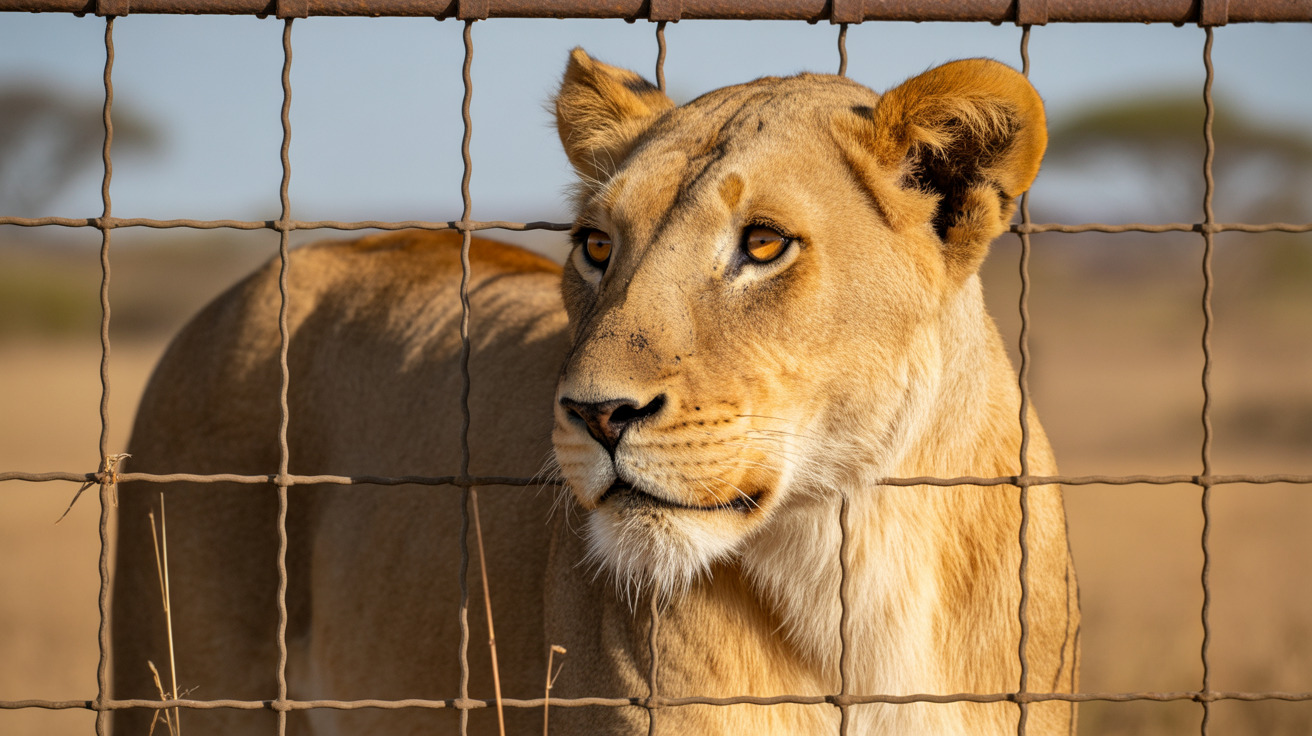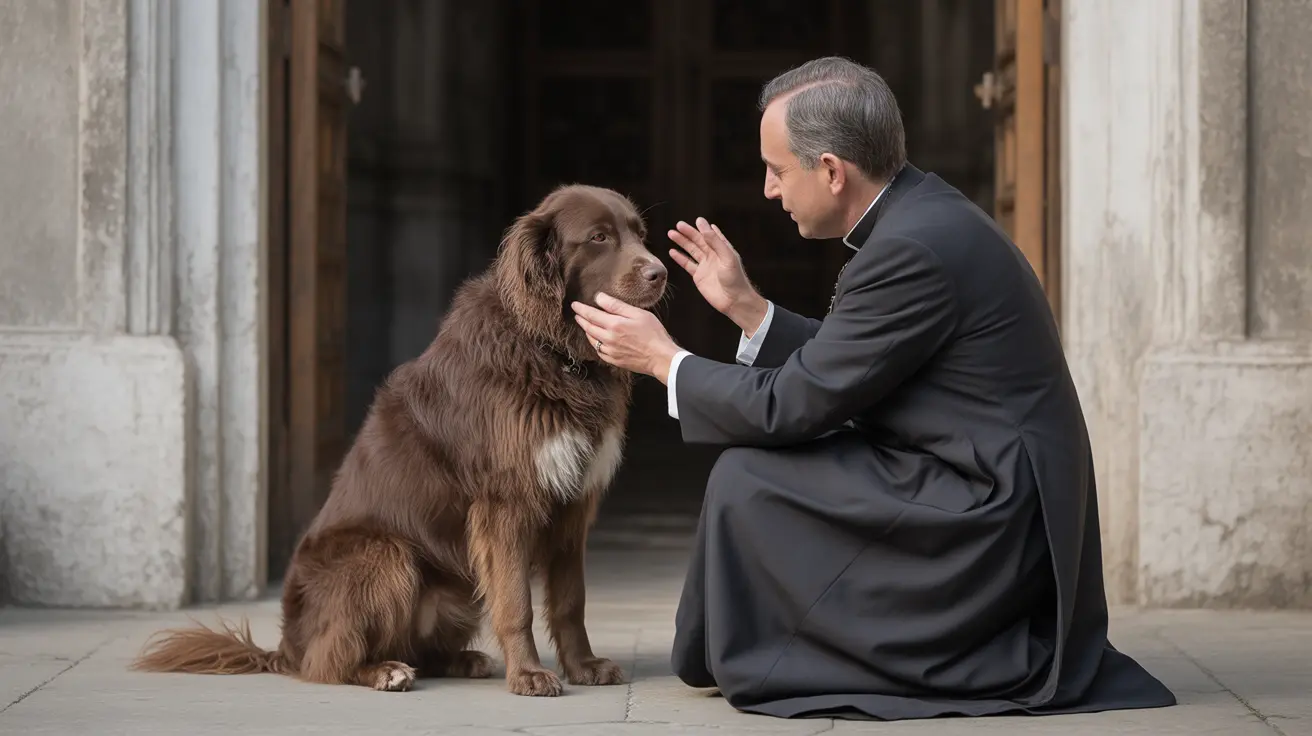If you've noticed your cat has a protruding or misaligned tooth, commonly known as a snaggle tooth, you might be wondering about its causes and potential health implications. While some cats' snaggle teeth can give them an endearing, unique appearance, these dental irregularities sometimes indicate underlying health issues that require attention.
Understanding the causes, symptoms, and treatment options for cat snaggle teeth is crucial for maintaining your feline friend's oral health and overall well-being. Let's explore everything you need to know about this common dental condition in cats.
Common Causes of Cat Snaggle Teeth
Several factors can contribute to the development of a snaggle tooth in cats:
Jaw Misalignment
Skeletal malocclusion occurs when a cat's upper and lower jaws don't align properly, leading to protruding teeth. This condition can be genetic and is more common in certain breeds, particularly flat-faced cats like Persians.
Dental Malocclusion
Sometimes the jaw structure is normal, but individual teeth grow or erupt at unusual angles. This dental misalignment can result in visible snaggle teeth, particularly affecting the canine teeth.
Trauma and Injury
Physical trauma from falls, fights, or accidents can displace teeth from their normal position, resulting in a snaggle tooth appearance. These cases often require immediate veterinary attention.
Signs and Symptoms to Watch For
Watch for these indicators that your cat's snaggle tooth might be causing problems:
- Difficulty eating or dropping food while eating
- Excessive drooling or bad breath
- Pawing at the mouth
- Bleeding from the gums
- Changes in eating habits or behavior
- Visible inflammation around the affected tooth
Diagnosis and Treatment Options
A thorough veterinary examination is essential for proper diagnosis and treatment of snaggle teeth. Your vet will likely:
- Perform a complete oral examination
- Take dental X-rays to assess root health
- Check for signs of infection or inflammation
- Evaluate the impact on your cat's bite and eating ability
Treatment approaches vary based on the underlying cause and severity:
- Extraction of problematic teeth
- Removal of retained baby teeth
- Antibiotics for infection
- Pain management medications
- Regular monitoring for minor cases
Prevention and Home Care
While some causes of snaggle teeth are genetic or accidental, you can take steps to maintain your cat's dental health:
- Schedule regular veterinary dental check-ups
- Monitor kitten tooth development
- Provide appropriate dental care toys and treats
- Consider pet-safe toothbrushing when possible
- Watch for early signs of dental problems
Frequently Asked Questions
What causes a snaggle tooth in cats and how can I tell if my cat has one?
A snaggle tooth in cats can be caused by jaw misalignment, dental malocclusion, trauma, or retained baby teeth. You can identify it by looking for visibly protruding or misaligned teeth, especially the canines. Other signs include difficulty eating, drooling, or oral discomfort.
How do veterinarians diagnose and treat snaggle teeth or dental misalignment in cats?
Veterinarians diagnose snaggle teeth through physical examination and dental X-rays. Treatment options may include extraction of problematic teeth, removal of retained baby teeth, or monitoring if the condition isn't causing pain or functional issues.
Can retained baby teeth lead to snaggle teeth in adult cats, and should they be removed?
Yes, retained baby teeth can force permanent teeth to grow in unusual positions, leading to snaggle teeth. They should typically be removed to prevent ongoing misalignment and potential dental problems.
What are the common signs that my cat's snaggle tooth is causing pain or dental problems?
Signs include difficulty eating, excessive drooling, pawing at the mouth, bad breath, bleeding gums, and changes in eating behavior or temperament.
How can I prevent snaggle teeth and maintain good dental health for my cat at home?
While some causes can't be prevented, maintaining good dental health through regular veterinary check-ups, proper dental hygiene, and early intervention when problems arise can help minimize dental issues.
If you notice any dental abnormalities in your cat, including snaggle teeth, consult with your veterinarian to determine the best course of action for your pet's specific situation.






